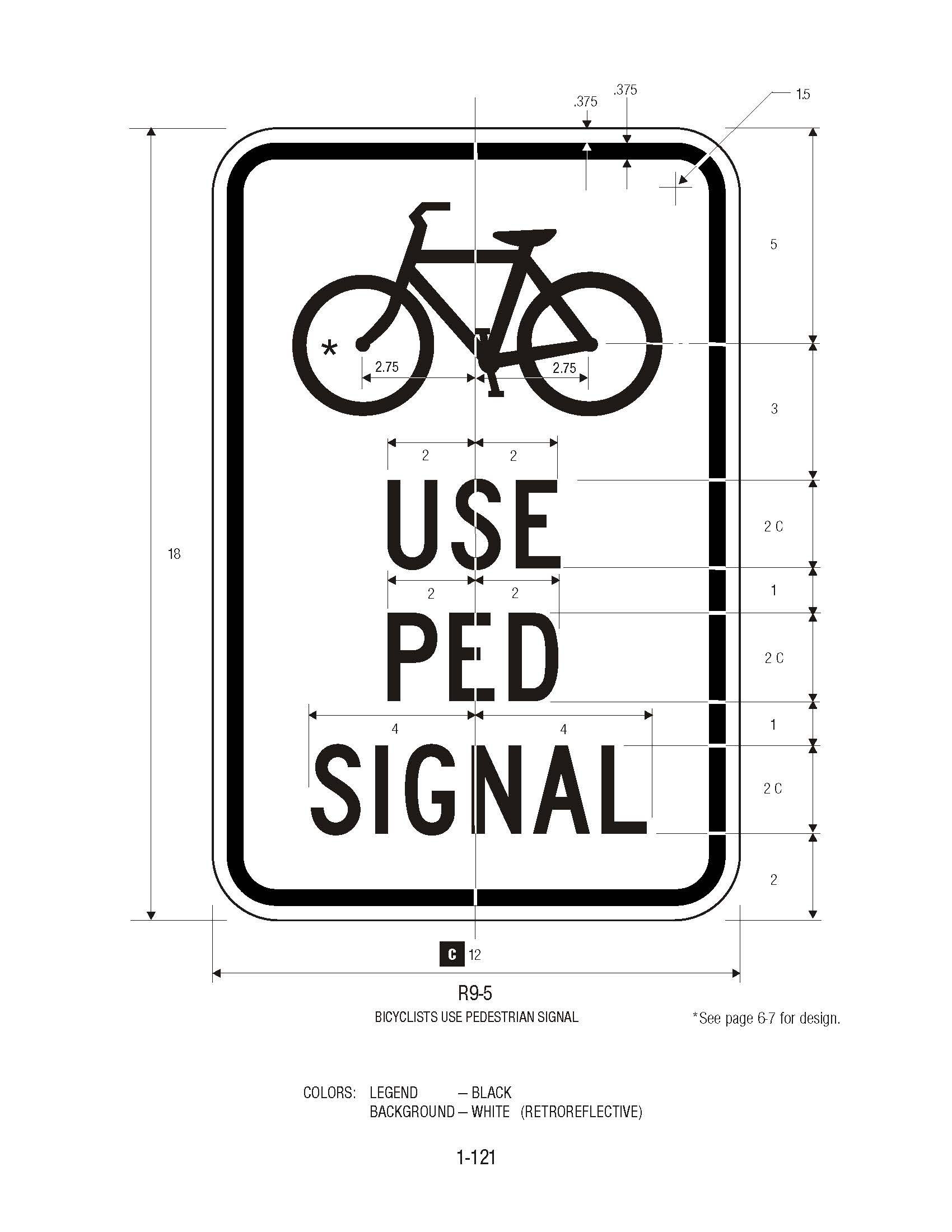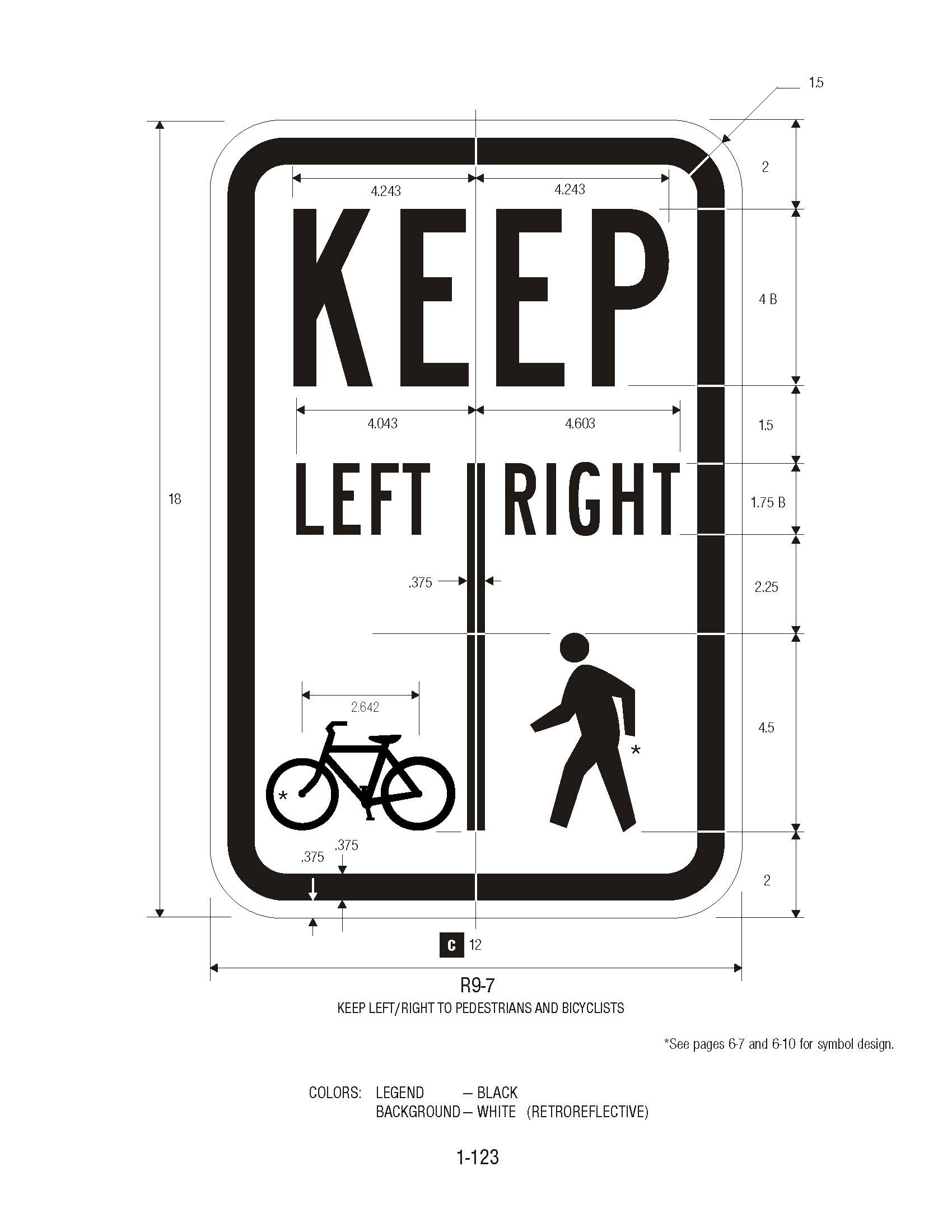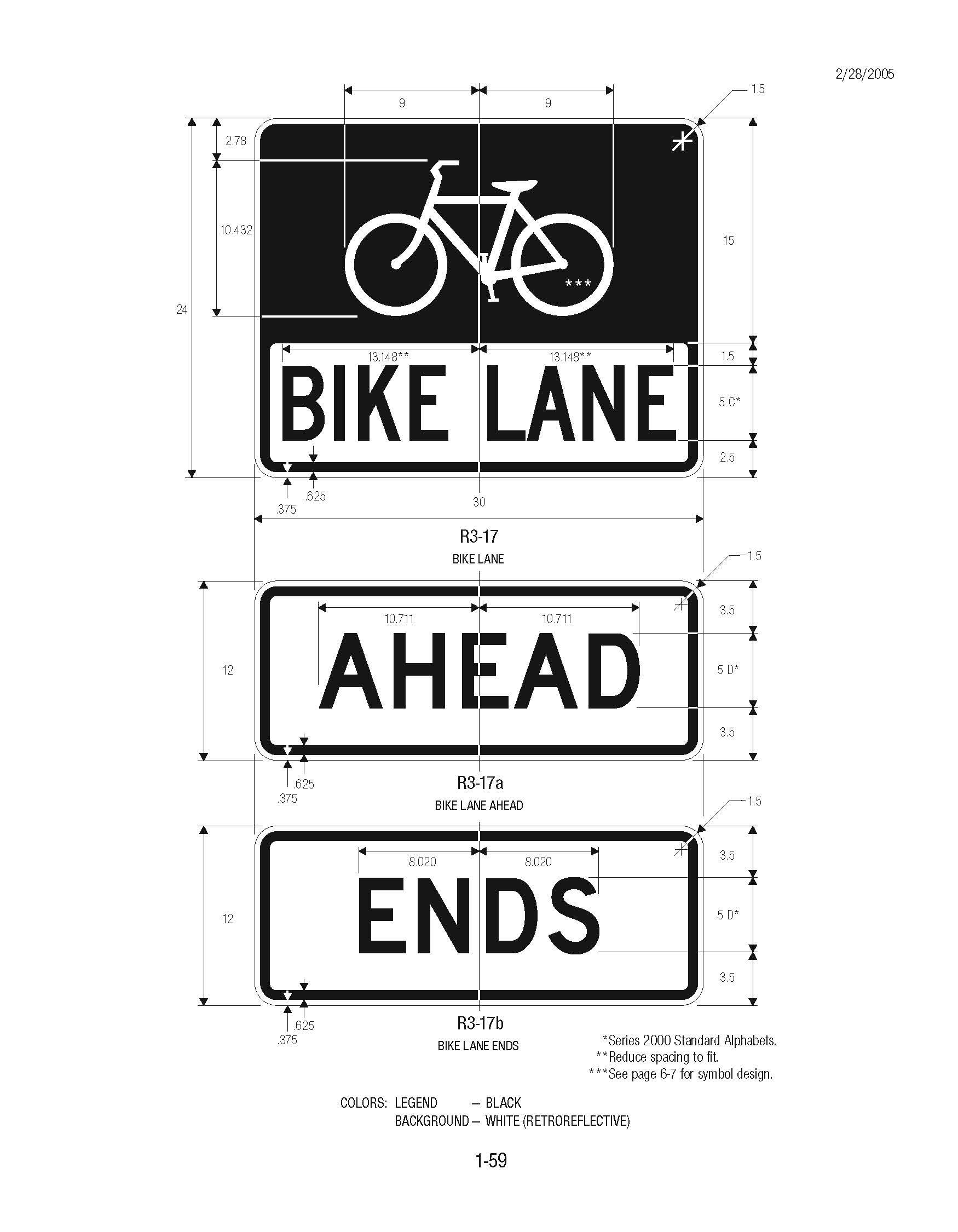Traffic Control for Bicycle Facilities
As more of us opt for healthier lives and greener transportation, bicycling has become more than a past-time activity. We see bikes everywhere: on the sidewalks, walking paths, in bike lanes and on the road. One of the biggest concerns about bicycles sharing the road is the increased danger of collision with motorized vehicles and to a lesser degree, other bicycles, skaters and scooters.
Although bicycles have been around since the 1800s, the first laws governing the operation of bicycles did not appear until around 1980. These laws were the result of cyclists advocating for the same rights to the road that cars and other motorized vehicles enjoy. Learning to recognize these control placards is equally important to learning all other roadway signage.
What is traffic control for bicycle facilities? Simply put, transportation management for bicycle facilities is any device that directs the flow of cyclists. These can include anything from special roadway markings to roadway signs. They are standardized so they are easily recognized. For example, a bike lane can be easily recognized by the images painted on the roadway. One of the most important aspects of transit management is uniformity. Through uniformity, we can quickly recognize what we are being told. When we see the same sign used throughout our roadways, we learn to quickly understand what the sign means. Quick recognition leads to quick reaction time, which is crucial when directing traffic for bicycles.
As with all roadway markings, they can become worn and are difficult to see in bad weather so other types of signage must also be utilized. We rely on highway placards and signals specifically designed to govern the flow of bicycles to support pavement markings. We are all familiar with the yellow diamond shaped and cyclist sign and understand that when we see this sign, we need to be watching for cyclists. It is important to note here that the lack of signs alerting us to bicycles does not mean we won’t encounter them. All transit laws regarding the right of way should be observed regardless of whether a sign is present.

What Are They?
There are several different types of information which can be conveyed on toll plaza indicators, to keep vehicle operators informed about conditions or situations in effect around the toll plaza. Some signs can deliver information about lane-specific restrictions on trucks for instance, or they can inform drivers about the various types of payment which are acceptable.
Other toll signs will tell drivers about speed limits which are in effect around the plaza, or where it is necessary to come to a complete stop somewhere in the plaza. Where tolls are collected electronically, it will generally not be necessary for a vehicle to come to a complete stop, although they will be required to observe a speed limit when passing through the toll. Some plaza placards will inform drivers about these speed limits.
While many of the signs in effect around a toll plaza have either purple backgrounds or purple borders, there are other colors, e.g. green, which are allowable for conveying necessary information to motorists. The positioning of plaza indicators is extremely important, because there are always a number of vehicles going through the toll, and it’s important to clarify exactly which lanes the information applies to.
For this reason, the positioning of plaza placards is often overhead, right above the lane which the information applies to. For instance, when only trucks are allowed to go through a certain lane, there will generally be an overhead toll sign indicating that situation, so that both truckers and automobile drivers are aware of the trucks-only designation.

Why Traffic Control for Bicycle Facilities is Important
While common sense tells us we need transit regulation for cycling facilities to save lives, there are other reasons that it is important. For instance, many areas are prone to traffic congestion and directional signage can help manage the flow of transit, including cyclists. Having a dedicated bike lane provides clear and precise direction to both motorized vehicles and bikes. Drivers know to stay out of that space on the roadway, giving cyclists a safe area of the roadway on which to travel. So, safety is a huge part of why this type of transit management is so important.
Clarity is also gained by the presence of signage, helping us understand where we need to be. Roadway markings and sign directions assist transit flow.Traffic management for biking facilities also acts to warn us of another type of vehicle that will share the road. Without signage, it is more likely for collisions to occur, and for us to be confused about where cyclists may ride and where motorists must drive. Not only does signage make the roadways safer for all of us, but it also makes transit flow better and provides clear instructions well in advance so we can all plan our lane changes and turns in a safe and timely fashion. As we continue to embrace this mode of transportation, we can expect to see increased transportation control for bike facilities.

Purchase Traffic Control for Bicycle Facility Signs
When opting to set up transportation management for cycling facility placards, purchasing them from an experienced agent is best. At Worksafe Traffic Control Industries, Inc., we keep pace with the ever-changing demands for new signs. We ensure the latest advances are used to prepare our placards, using only the best quality materials to create transit regulation indicators for bicycle facilities. We have integrated today’s technology to ensure precision and accuracy with Flexi-Sign Pro software.
Our vast inventory includes products for striping, electronic signage, traditional metal indicators and posts and much more. We have the latest placards in our inventory and can create the perfect signage for all cycling routes, including those on private property. We work hard to deliver the perfect product that conveys the important message of transit regulation. If you aren’t certain what you need to regulate your bicycle traffic, our experts are here to guide you and happy to help. We have a complete line of transit regulation products and are happy to answer any questions that you may have. You can contact us at contact us via email. We would love to hear from you

